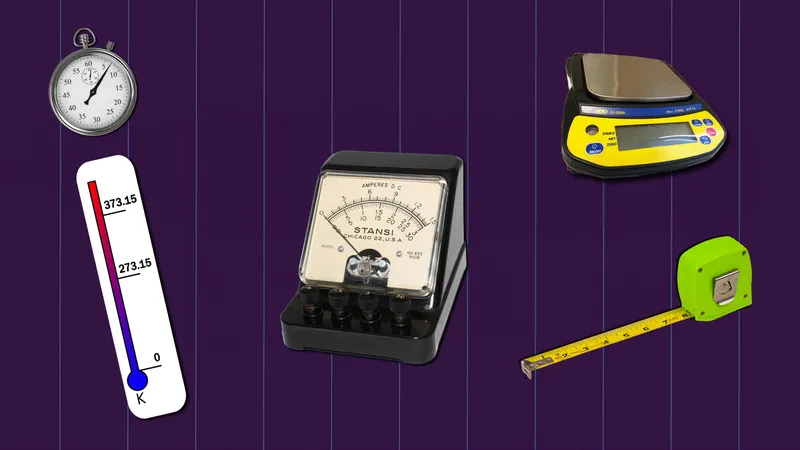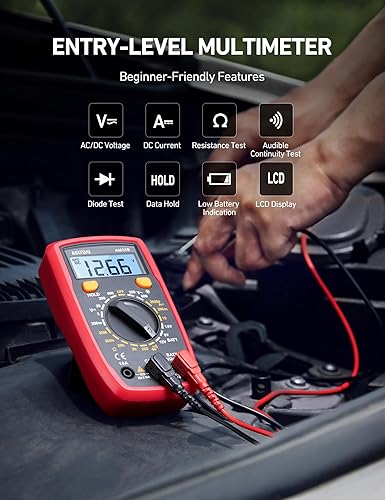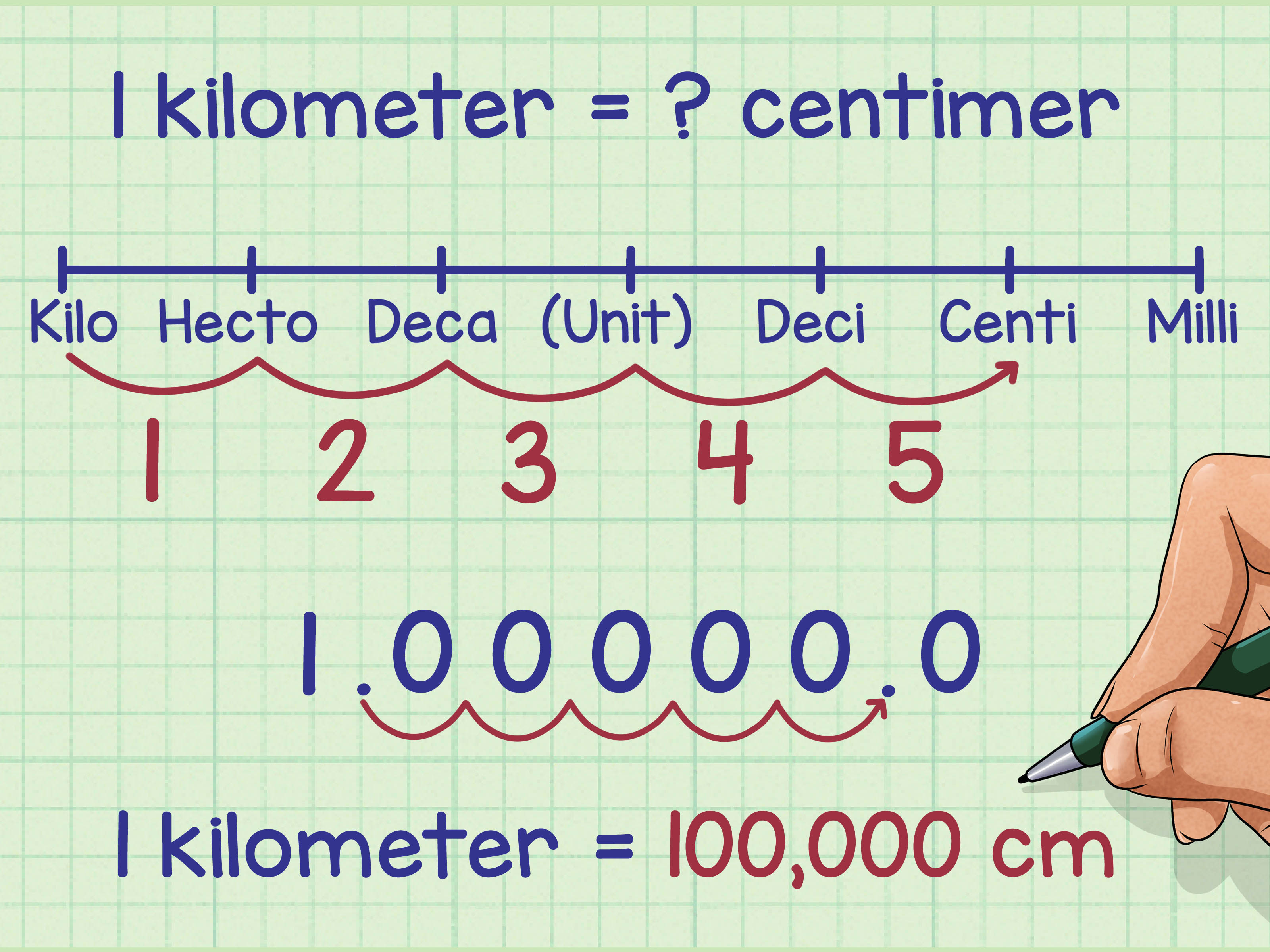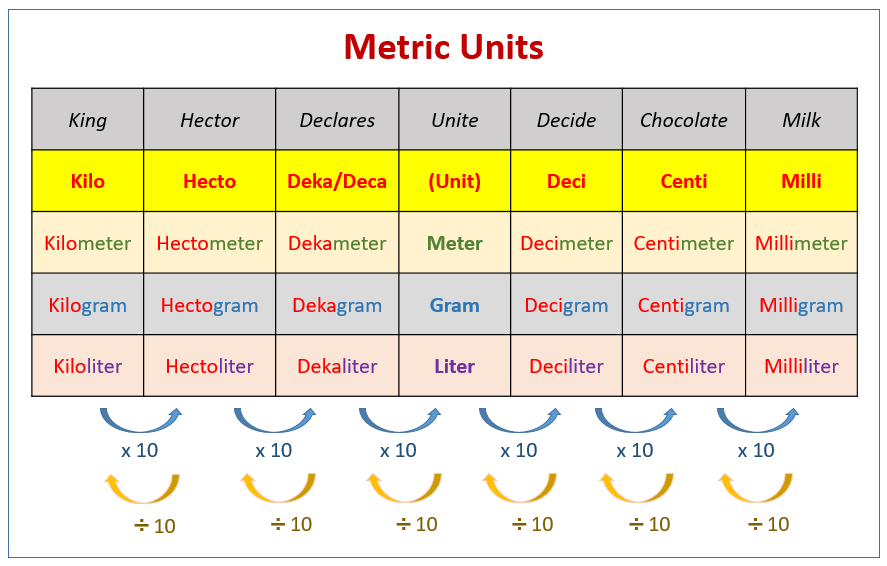The Art and Science of Unit Conversion: Navigating Between Measurement Systems
Unit conversion is both an art and a science, requiring both mathematical precision and intuitive understanding. Whether you're a student, professional, or simply someone who needs to convert measurements in daily life, mastering this skill opens doors to better communication, more accurate calculations, and deeper understanding of the world around us.

The Foundation of Measurement Systems
Understanding unit conversion begins with recognizing that all measurement systems are human constructs designed to quantify the physical world. The metric system, based on the decimal system, was developed during the French Revolution to provide a universal standard. The imperial system, with its roots in ancient Roman measurements, evolved through centuries of practical use in trade and construction.
These systems, while different in their approach, serve the same fundamental purpose: to provide consistent, reproducible measurements that can be understood and used by people across different cultures and time periods.
Essential Measurement and Conversion Tools

Digital Caliper, Sangabery 0-6 inches Caliper with Large LCD Screen, Auto - Off Feature, Inch and Millimeter Conversion Measuring Tool, Perfect for Household/DIY Measurement, etc


AstroAI Digital Multimeter Tester 2000 Counts with DC AC Voltmeter and Ohm Volt Amp Meter; Measures Voltage, Current, Resistance, Continuity and Diode, Black
The Factor-Label Method: A Systematic Approach
The factor-label method, also known as dimensional analysis, is the most reliable approach to unit conversion. This method uses conversion factors as fractions, allowing units to cancel out systematically until you arrive at the desired unit.
Example: Converting 5 feet to meters
5 feet × (12 inches/1 foot) × (2.54 cm/1 inch) × (1 m/100 cm) = 1.524 meters
Notice how the units cancel out: feet → inches → centimeters → meters. For quick conversions like this, you can use our length converter tool to verify your calculations.
Common Conversion Challenges and Solutions
While the factor-label method is systematic, certain conversions present unique challenges that require special attention and understanding.
Temperature Conversions: Beyond Simple Multiplication
Temperature conversions are particularly challenging because they involve both scaling and shifting. Unlike most other units, temperature scales have different zero points, making simple multiplication insufficient. Our temperature converter handles these complex calculations automatically, but understanding the underlying principles is essential.
The Celsius scale uses the freezing point of water as 0°C and the boiling point as 100°C, while the Fahrenheit scale uses 32°F and 212°F respectively. This difference in zero points requires both multiplication and addition in the conversion process.
Temperature Conversion Formulas:
- • Celsius to Fahrenheit: °F = (°C × 9/5) + 32
- • Fahrenheit to Celsius: °C = (°F - 32) × 5/9
- • Celsius to Kelvin: K = °C + 273.15
- • Kelvin to Celsius: °C = K - 273.15
Compound Units and Derived Quantities
Many measurements involve compound units that combine multiple base units. Speed (distance/time), density (mass/volume), and pressure (force/area) are examples of derived quantities that require careful conversion of each component.
When converting compound units, it's essential to convert each component separately and then combine them. This approach ensures accuracy and helps identify potential errors in the conversion process.
Practical Applications in Different Fields
Unit conversion skills find applications across virtually every field of human endeavor, from science and engineering to cooking and travel.
Scientific Research and Laboratory Work

In scientific research, accurate unit conversion is critical for data analysis, experimental design, and communication of results. Scientists must often work with data from different sources that use various units, requiring conversion for meaningful comparison and analysis.
Laboratory protocols often specify measurements in particular units, and researchers must convert these to their local standards or to units appropriate for their specific experimental conditions.
Engineering and Construction
Engineering projects often involve international collaboration, requiring conversion between metric and imperial units. Structural calculations, material specifications, and design parameters must be accurately converted to ensure safety and compliance with local standards. Engineers frequently need to convert energy units for thermal calculations and power measurements for electrical systems.
Construction projects, particularly those involving international teams or materials sourced from different countries, require careful attention to unit conversion to prevent costly errors and ensure project success.
Healthcare and Medical Applications
In healthcare, accurate unit conversion can be a matter of life and death. Medication dosages, patient measurements, and laboratory results must be converted accurately between different measurement systems used in different countries and medical facilities.
Medical professionals must be proficient in converting between units such as milligrams and micrograms using weight conversion tools, milliliters and fluid ounces with volume converters, and various temperature scales to ensure proper patient care and treatment.
Digital Tools and Technology
Modern technology has revolutionized unit conversion, providing tools that can perform complex calculations instantly. However, understanding the underlying principles remains essential for using these tools effectively and verifying their accuracy.

Online Conversion Tools and Apps
The internet offers countless unit conversion tools, from simple calculators to comprehensive databases covering thousands of units. These tools are invaluable for quick conversions but should be used with understanding of the conversion process.
Mobile applications provide convenient access to conversion tools on the go, making it easier than ever to perform accurate conversions in real-world situations where precision matters. Whether you need to convert data storage units for file management or time units for project scheduling, digital tools make these conversions instantaneous.
Programming and Software Development
Software developers often need to implement unit conversion functionality in their applications. Understanding the mathematical principles behind conversion ensures that these implementations are accurate and reliable.
Programming libraries and frameworks provide unit conversion capabilities, but developers must understand the underlying principles to use these tools effectively and handle edge cases appropriately. For example, applications dealing with electrical systems may need current conversion or resistance calculations for accurate circuit analysis.
Professional Calculation and Measurement Equipment


PAR Meter 2 in 1 PAR DLI Meter with Data Logging, Record and Export 5 Years of Data, 400-700nm PPFD Meter Sunlight Meter Measure PPFD and DLI (Daily Light Integral), Light Measurement Tool for Plants

FLASHFORGE Silk PLA Filament 1.75mm, 3D Printer Filament 1kg (2.2lbs) Spool, Smooth and Silky Texture 3D Printing Filament, Dimensional Accuracy +/- 0.02mm
Common Pitfalls and How to Avoid Them
Even experienced professionals can make errors in unit conversion. Understanding common pitfalls helps prevent mistakes and ensures accurate results.
Confusing Similar Units
Many units have similar names but represent different quantities. For example, a pound (lb) is a unit of weight, while a pound-force (lbf) is a unit of force. Confusing these can lead to significant errors in calculations, which is why using specialized conversion tools for each type of measurement is crucial.
Similarly, units like the nautical mile and statute mile represent different distances and are used in different contexts. Understanding these distinctions is crucial for accurate conversion.
Rounding Errors and Precision
Rounding errors can accumulate during complex conversions, especially when multiple conversion steps are involved. It's important to maintain appropriate precision throughout the conversion process and round only at the final step.
Understanding significant figures and their role in measurement helps determine the appropriate level of precision for any given conversion.
The Future of Unit Conversion
As our world becomes increasingly interconnected, the importance of accurate unit conversion continues to grow. New technologies and global challenges require innovative approaches to measurement and conversion.
Artificial Intelligence and Machine Learning
Artificial intelligence and machine learning algorithms are being developed to automate complex unit conversions and identify potential errors in measurement data. These technologies can process large datasets and perform conversions with high accuracy.
However, these systems must be trained on accurate conversion data and validated against known standards to ensure reliability in critical applications.
Global Standardization Efforts
International organizations continue to work toward greater standardization of measurement units and conversion practices. These efforts aim to reduce confusion and improve accuracy in global communication and trade.
While complete standardization may not be achievable in all areas, ongoing efforts to harmonize measurement practices benefit everyone who works with units and conversions.
Developing Intuition for Unit Conversion
Beyond memorizing formulas and using conversion tools, developing intuition for unit conversion involves understanding the relationships between different units and developing a sense for reasonable results.
Building Reference Points
Developing reference points for common conversions helps build intuition. For example, knowing that 1 meter is approximately 3.28 feet, or that 1 kilogram is about 2.2 pounds, provides quick mental checks for conversion accuracy.
These reference points serve as sanity checks when performing conversions, helping identify potential errors before they cause problems.
Understanding Scale and Magnitude
Understanding the scale and magnitude of different units helps develop intuition for reasonable conversion results. For example, knowing that a kilometer is much larger than a meter helps verify that converting 5 kilometers to meters should result in a much larger number (5,000). This principle applies to all unit types, whether you're working with area measurements or linear distances.
This understanding of scale is particularly important when working with very large or very small numbers, where the magnitude of the result may not be immediately intuitive.
Everyday Measurement and Conversion Solutions

Extra Large Silicone Baking Mat – Non-Stick Pastry Mat with Measurements, Conversion Charts & Heat Resistance – Reusable Food-Grade Silicone for Dough Rolling, Pizza & Baking

Amazon Basics Digital Kitchen Scale with LCD Display, Batteries Included, Weighs up to 11 pounds, Black and Stainless Steel
Conclusion: Mastering the Art and Science
Unit conversion is indeed both an art and a science. The science lies in the mathematical precision and systematic approaches that ensure accurate results. The art lies in developing intuition, understanding context, and applying these skills effectively in real-world situations.
Whether you're a student learning the basics, a professional applying these skills daily, or simply someone who wants to better understand the world around you, mastering unit conversion opens doors to clearer communication, more accurate calculations, and deeper appreciation for the interconnected nature of our global society.
The journey to mastery begins with understanding the fundamental principles, practicing with real-world examples, and developing the intuition that comes with experience. With dedication and practice, anyone can become proficient in the art and science of unit conversion. For additional guidance and resources, explore our comprehensive units conversion guide and specialized conversion tools.